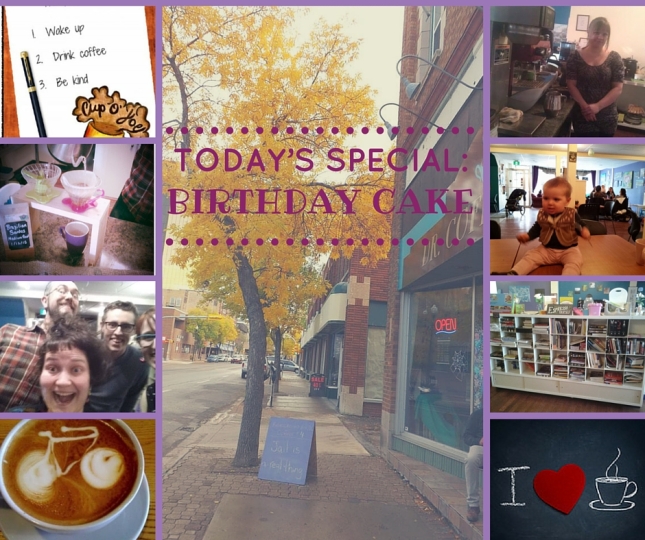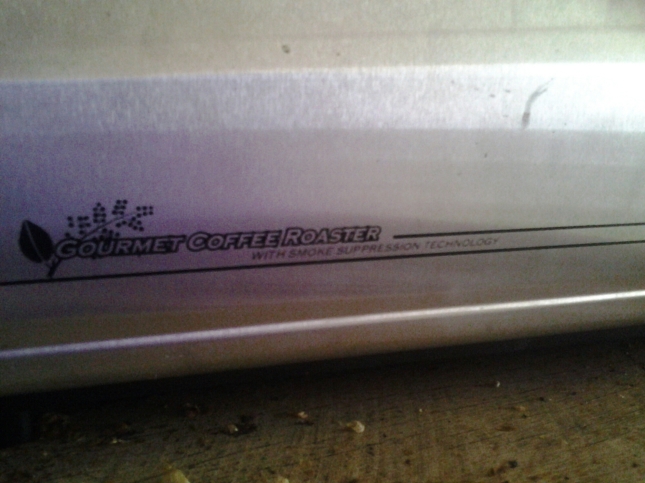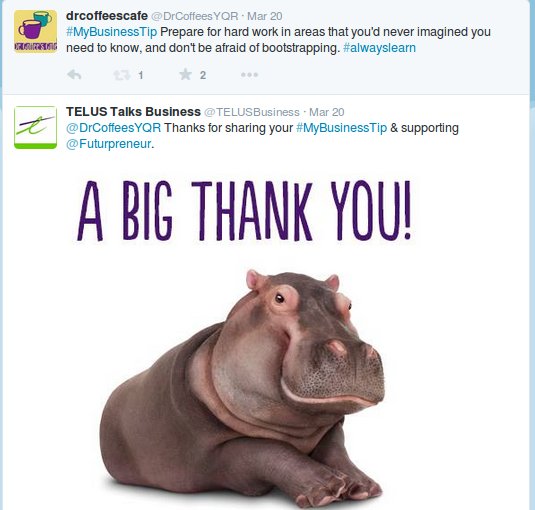This is an essay I was asked to write to accompany Monique Martin’s art exhibition entitled ‘365 Days of Coffee’, which will tour Saskatchewan art galleries later this year with the OSAC. For more details, see Monique’s site: http://moniqueart.com/365daysofcoffee/365daysofcoffee.html
Monique Martin’s exhibition explores our daily rituals of coffee drinking and how coffee travels with us as an otherwise unremarked on part of everyday life. We clutch our travel mugs and make sure we have enough caffeine to face the day, but few of us truly consider the process involved in getting us our daily fix. Also unnoticed is the epic journey the little beans take before we even see it. Coffee beans travel from remote mountainous regions and tropical cloudforest along the equator, during which it is stripped of its fruit, dried in the sun for days, hand-sorted by meticulous plantation workers, measured, weighed, graded, bagged and transported around the globe, roasted in giant fiery ovens by expert artisans then moving off again to meet their fate in coffee shops before finally making it into our mugs. The coffee production process employs over 125 million people across the world, and this often brutal journey means that over 2.25 billion cups of coffee can be enjoyed each day.
Tasting gourmet coffee can transport you from your daily routine and familiar surroundings into a whole other world of exotic flavours and aromas. The old but favoured mug you grab from the kitchen each morning looks and feels familiar, but its contents can be evocative of strange and faraway places well beyond the daily grind. Every cup tells a story; fragrant coffee in souvenir mugs from tropical holidays may allow you to relive past adventures (such as in Martin’s piece “Mexico”) or you might find that coffee tastes so much sweeter in a cup that was a gift from a loved one (“Sweetheart”).
Presenting coffee to gourmet standards has become an art form in its own right. There are baristas who swear you can only get ‘a perfect pour’ in ceramic mugs (much like Martin’s piece entitled “Froth”), The skills required by the barista to pour milk onto espresso just so, to create intricate patterns as ‘latte art’ has become a global phenomenon. Latte art is visually beautiful, but so too is what it represents: the culmination of so many artisans – farmers, quality graders, roasters, baristas – all connected by the little beans that are so well-travelled already. It’s no wonder that taking a few moments out of a busy day to enjoy this little luxury in a cup is so welcomed by so many people.
But we don’t just drink it for the taste. Coffee also connects people. The Fair Trade movement and trends towards ethical consumerism have made coffee drinkers more aware of coffee farmers. The turn towards quality over convenience coupled with people’s increasing knowledge and appreciation for coffee has meant that coffee lovers are now more likely to know of the local small business who roasts their beans. Early morning conversations with your friendly barista can start the day in a positive and sociable way. And then there’s the discussions to be had on ‘coffee row’, or in the line-up as you wait, or
between office colleagues taking as much time away from their desks as possible while on the morning coffee run. Coffee is as much a small break from routine as it is a routine in itself.
The caffeine in your drink is not physically addictive, but its effects can be psychologically so, and the daily coffee ritual is certainly habit-forming. Monique Martin’s work on the ‘365 Days of Coffee’ explores just how deeply entrenched our coffee rituals are in our everyday lives. We go out for coffee as a break from work. We arrange dates with friends around it, or we feel compelled to make it in the mornings as preparation before leaving the house. We carry it around with us constantly– and as the exhibition shows, the receptacles that we do this in are very significant. Our mugs are a little piece of personal identity in a corporate work environment, they can evoke the familiar comfort of home, or act as the catalyst for daydreaming and escapism. They are decorated, well-worn and well-loved, almost fetishized objects, always comfortingly by our side as our precious coffee accompanies us through life, every day, the whole world over.














 Our fancy goose neck kettle and glass Hario dripper.
Our fancy goose neck kettle and glass Hario dripper.


